Heron’s Head Park: Birding Hotspot
By Dominik Mosur
Imagine a complex of salt, brackish and freshwater marshes and associated upland covering hundreds of thousands of acres. Then picture it reduced by 90 percent, with the lost areas converted into modern humans’ idea of development. This is the story of San Francisco Bay. A visitor to Heron’s Head Park in southeastern San Francisco can — with a little patience and focus — transport themselves back a couple of hundred years in the past and observe a tiny slice of what would have once been all around us.
Heron’s Head Park had its genesis in the early 1970s, when the Port of San Francisco started trucking landfill to India Basin to create a new shipping terminal. The terminal was never built, and for a while there was talk of building a new S.F.-Oakland bridge at the site. But that never happened either and, in the meantime, aquatic plants took root and grew into a vibrant salt marsh. In 1993, Golden Gate Bird Alliance successfully petitioned the Port to preserve and enhance the area as a wetland – leading to the second largest wetland restoration project in the city, after Crissy Field.
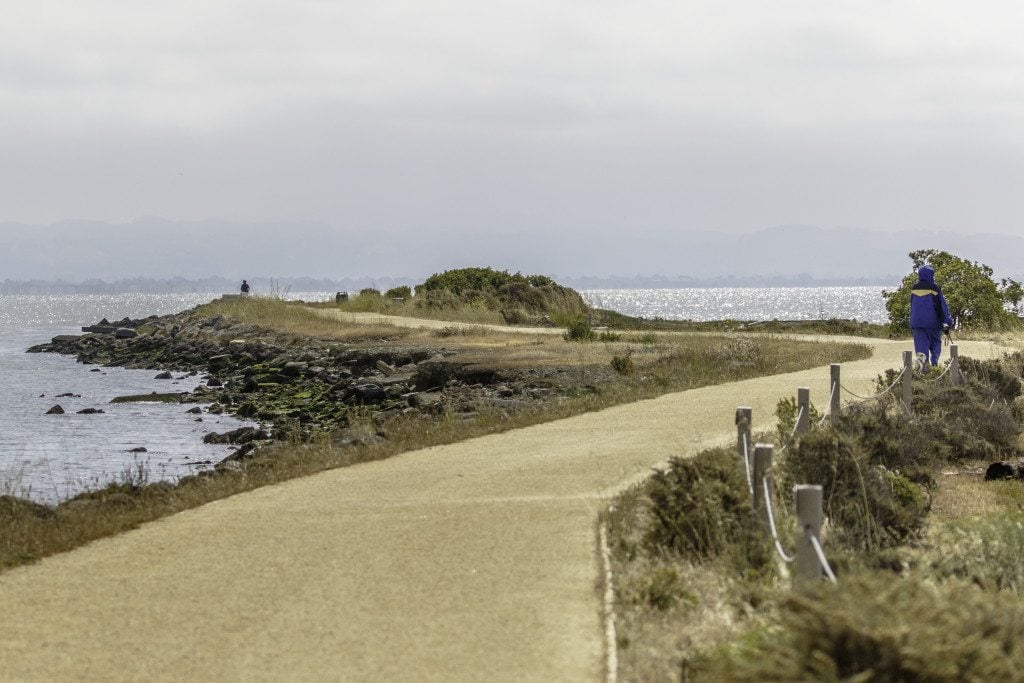

A number of agencies contributed to restoration of the area during the 1990s, including the S.F. Public Utilities Commission and the California Coastal Conservancy. The Port removed over 5,000 tons of excess concrete, built a tidal channel to increase water circulation, and added amenities such as a fishing pier and walking paths.
In 1999, the area officially became 23-acre Heron’s Head Park, named for its shape when viewed from above. The resulting tidal marsh and upland has matured into one of the prime bird habitats in the city of San Francisco.
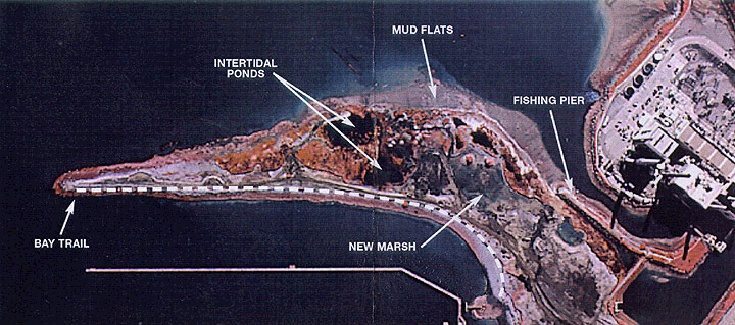
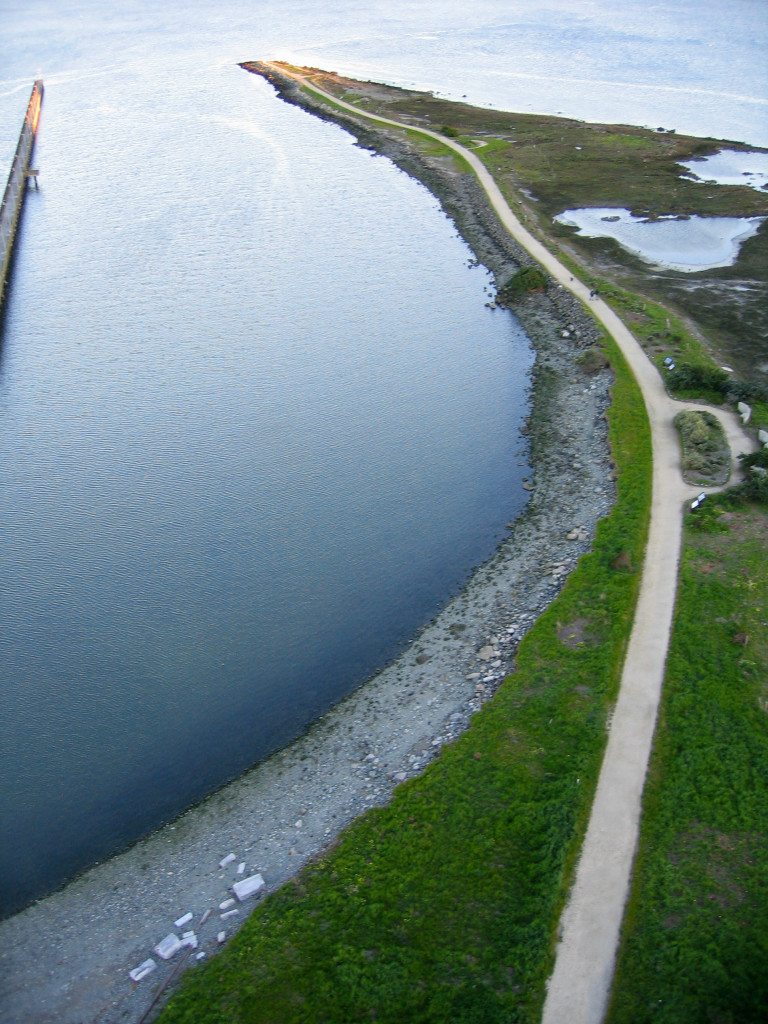
This became most obvious with Ridgway’s Rails (formerly California Clapper Rails), a federally-listed endangered species. The first Ridgway’s Rail ever documented at the site was reported in 2010. The next summer, two Ridgway’s Rail chicks were discovered there.
This breeding success appeared to be short-lived, however, and only a single Ridgway’s Rail is thought to remain at the site as of 2015. Habitat restoration can only go so far and re-colonizations like the return of Ridgway’s Rails to Heron’s Head face tremendous odds against long-term success.
In addition to breeding rails, Heron’s Head Park is also the only site in San Francisco in recent years to host nesting Bryant’s Savannah Sparrows, a State Species of Special Concern. Black-necked Stilts pulled off ephemeral nesting successes here as well, another modern-era first for the city. American Avocets have nested continuously since 2009.
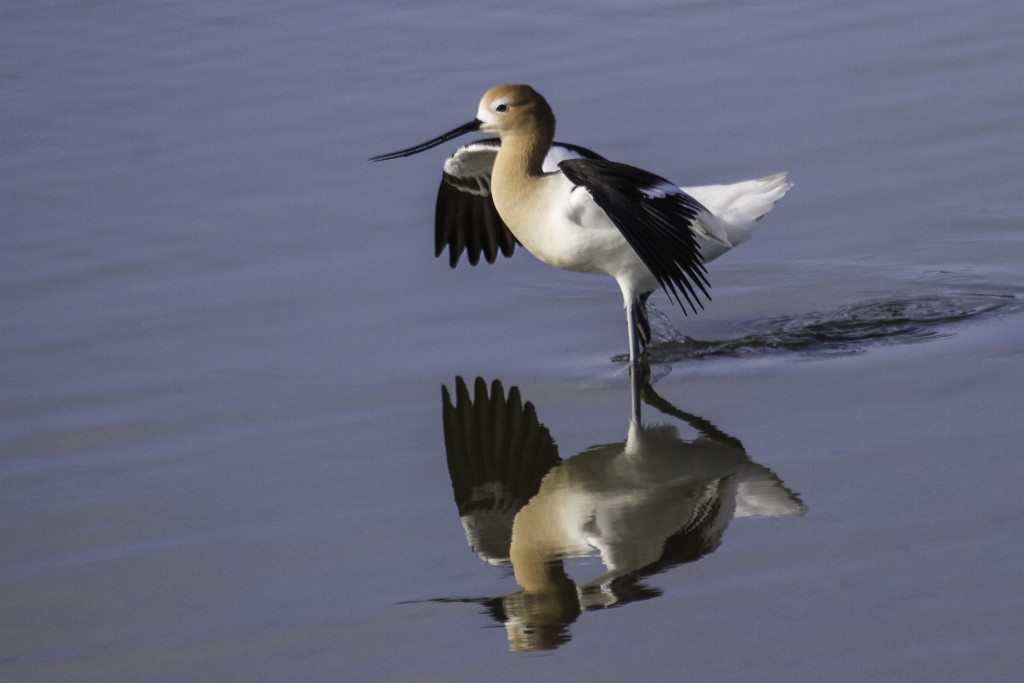
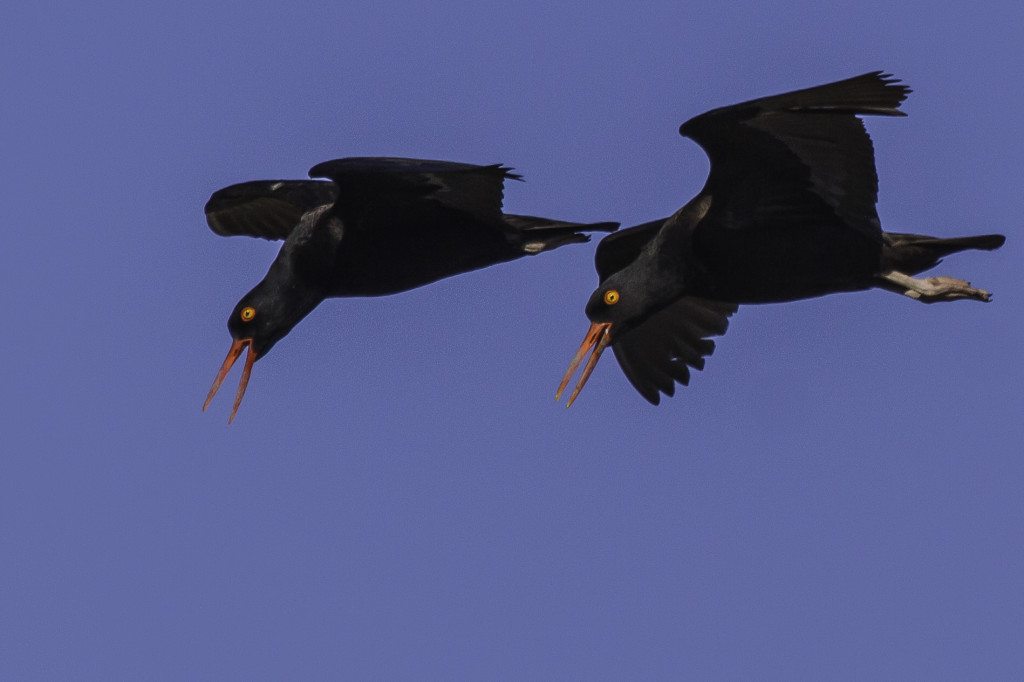
While productivity as a breeding site truly is the best measure of habitat value, many casual observers also define a good birding site by its ability to attract rare migrants. Heron’s Head has had its share of these as well: the City’s first and only Buff-breasted Sandpiper pleased many when it showed up in August 2007. Other highlights of local rarity status include American Bittern, Burrowing and Short-eared Owls, Solitary Sandpiper, Lesser Yellowlegs, Wilson’s Phalarope, Eastern and Tropical Kingbirds, and Lark Bunting. A male Harlequin Duck has been regular in the non-breeding months for nearly a decade.
An hour of careful of observation can yield a minimum of 30 species almost year round. Species diversity is highest in winter and lowest in summer, but the latter seasons allows for study of locally rare nesters. Both spring and fall migration can be superb for waterfowl, raptors, shorebirds and passerines.
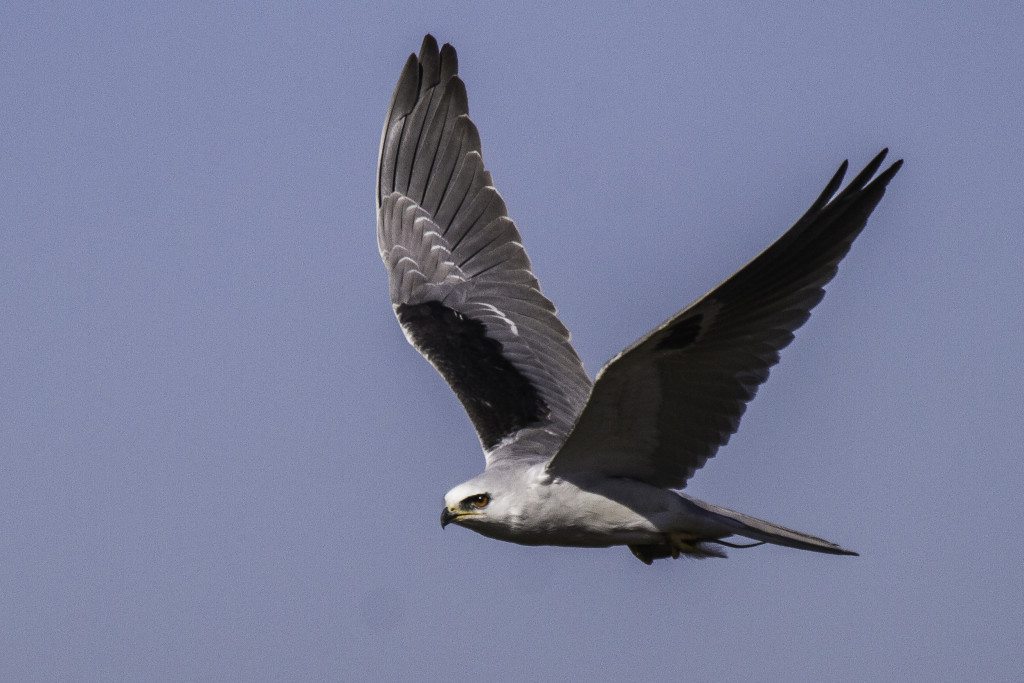
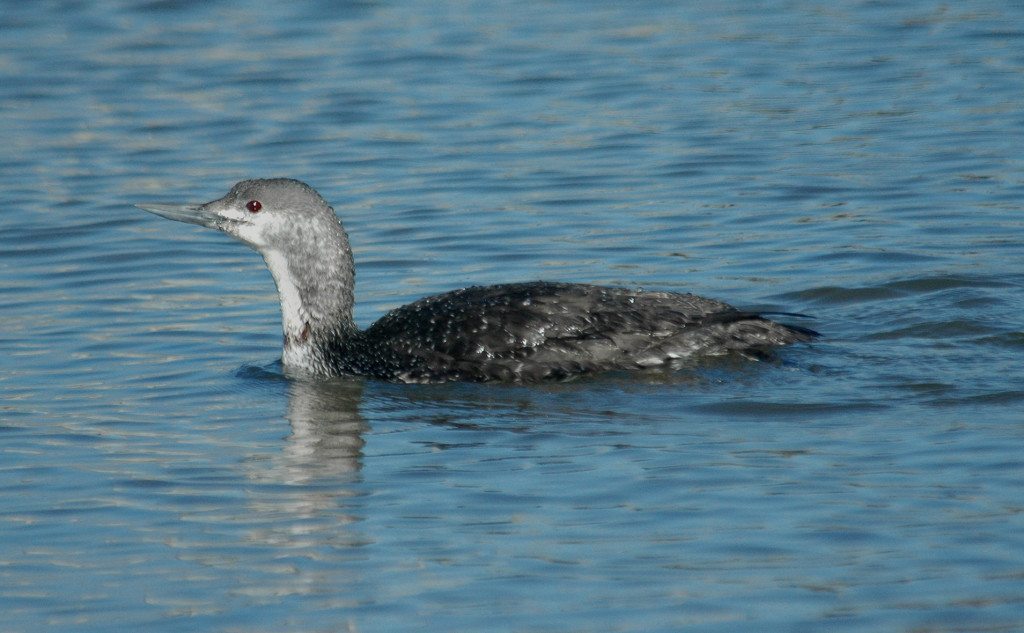
Heron’s Head Park is best birded from the clearly marked main trail, which covers less than a mile. Because the habitat is so limited, going off-trail can disrupt nesting sparrows and shorebirds in spring and migrant/wintering shorebirds at other times.
My typical pattern is to walk out to the point on the main trail and return via the side trail that splits off to the south through the grass area at the concrete blinds, allowing a closer peek into the inner marsh and ponds.
While visiting Heron’s Head, stop in at the EcoCenter, which provides environmental education programs to the nearby community and is a LEED platinum-certified green building. Opened in 2010, the EcoCenter is currently run by The Bay Institute Aquarium Foundation and offers guided nature walks, educational programs including family-oriented Science Saturdays, and volunteer opportunities. Its hours are 9:30 a.m. to 3:30 p.m., Wednesday through Saturday.
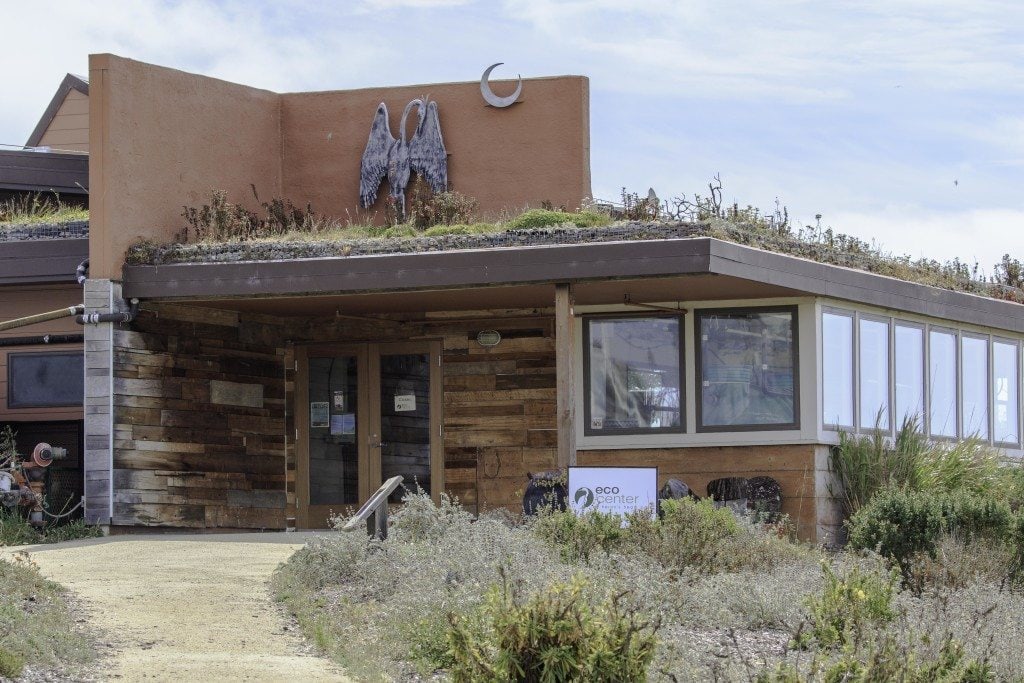
Fast Facts
Location: The east end of Cargo Way at Jennings Street, in the Bayview Hunter’s Point district of San Francisco.
Hours/Fees: Dawn to dusk. Free.
Dogs: There is a dog run next to the parking lot, and dogs are permitted on leash on the trail. Birders should be aware that they may observe violations of leash laws and even harassment of wildlife by pets. These are opportunities for positive outreach by telling people about the species that live/nest at Heron’s Head and nowhere else in San Francisco such as avocets, stilts, Ridgway’s Rail, and Savannah Sparrow.
Habitat: Tidal marsh and uplands, in the middle of an industrial area.
Key Birds:
Year-Round:
Winter:
Western Meadowlarks
Spring and fall transients;
Ease of Access: The park was recently renovated with a new parking area, restrooms, and hard-packed multiuser trail. The main trail is wheelchair-accessible. As with any urban birding, keep valuables with you or locked up out of sight. Birding in pairs is advised.
Getting There:
By car: From Third Street, turn east onto Cargo Way and continue until it ends at Jennings Street. Turn left on Jennings and right into the parking lot. Click here for a Google map.
By transit: Take the 19 or 44 bus to the Middle Point/Evans Avenue stop, and walk down Jennings Street to the park. Or (further away), take the Third Street light rail to Cargo Way.
Nearby services: Restrooms at the EcoCenter from 9:30 a.m. to 3:30 p.m., Wednesday through Saturday. There are also portable toilets next to the parking lot.
Nearby cafes/restaurants: All Good Pizza at 1605 Jerrold Street, a short drive away, serves organic sandwiches, salads, and brick-oven pizza and has patio seating.
For more information:
Several years ago, Golden Gate Bird Alliance members helped produce an excellent Field Guide to 100 Birds of Heron’s Head. It is currently out of print but you can download a PDF at http://www.sfport.com/index.aspx?page=221.
For general information on the park, which continues to be operated by the Port of San Francisco, see http://www.sfport.com/index.aspx?page=210.
For information on the EcoCenter, see http://www.ecocenterhhp.org.
————————————————-
Click here for more reviews of Birding Hotspots by Golden Gate Bird Alliance members.
